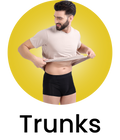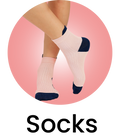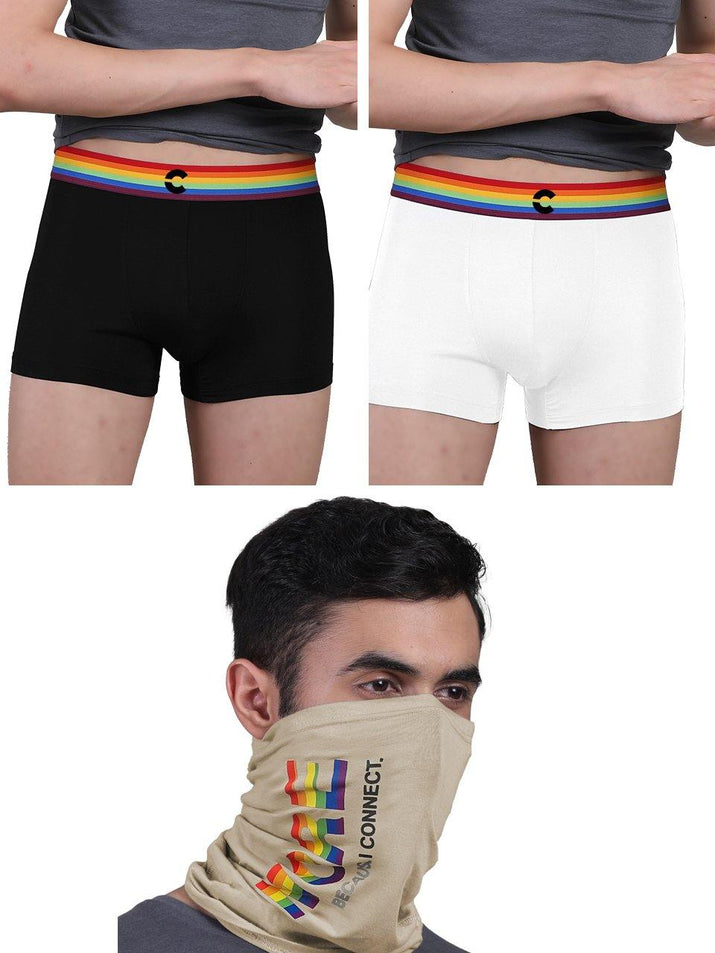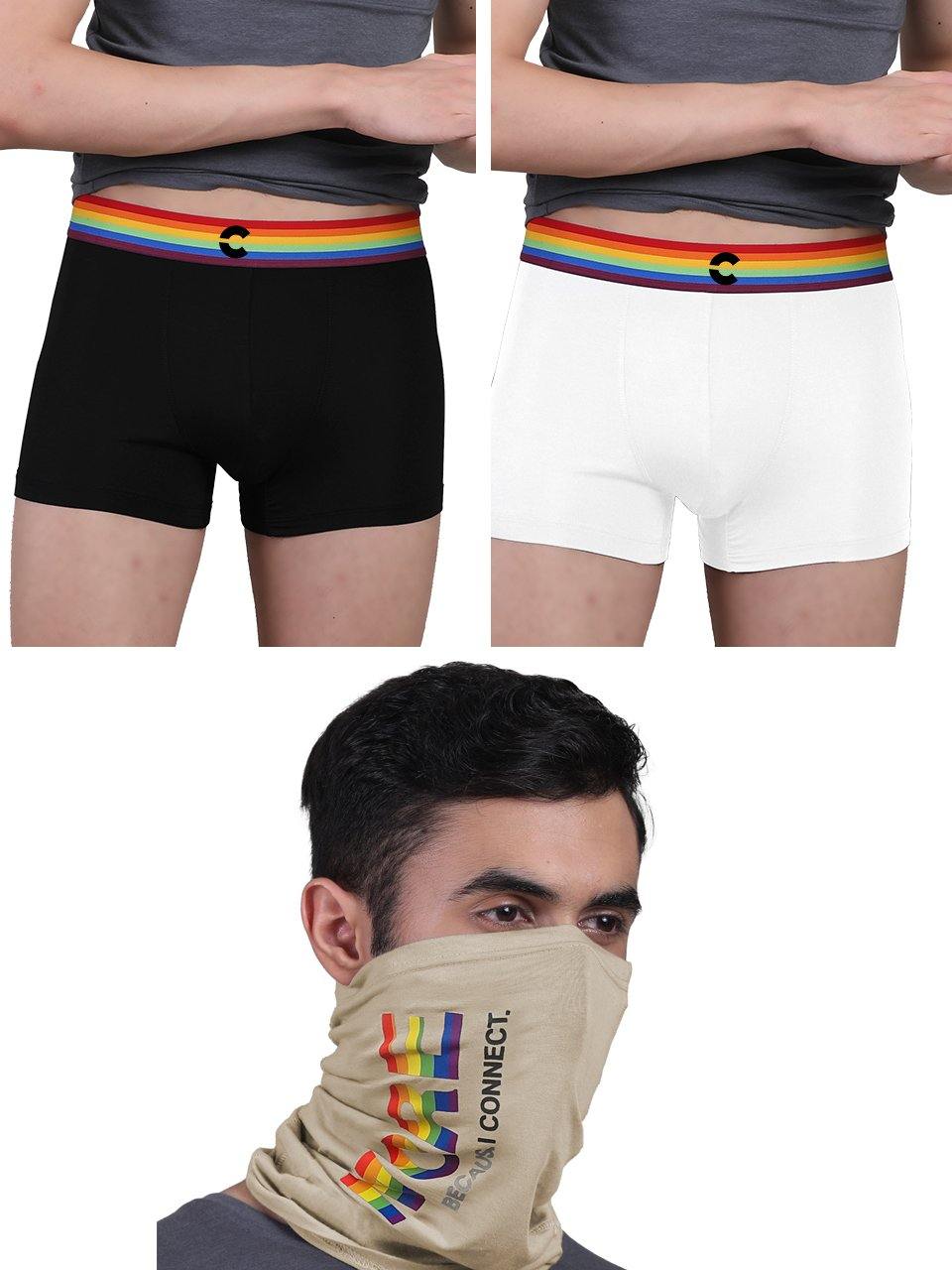The humble bandana, a timeless accessory, transcends its simple fabric origins to offer unparalleled versatility for men. Historically a symbol for cowboys and rugged laborers, it has seamlessly re-emerged in contemporary fashion, championed by streetwear enthusiasts and outdoor adventurers alike. Beyond a mere aesthetic statement, its technical utility provides practical protection: shielding motorcyclists from dust, absorbing sweat for athletes, or offering crucial sun defense for hikers. This enduring square of cloth proves that functional design, coupled with adaptable styling, remains an indispensable element in a man's wardrobe, effortlessly blending heritage with modern utility.

Understanding the Versatile Men's Bandana
The bandana, a seemingly simple square of fabric, holds a rich history and continues to be a cornerstone of versatile style and practical utility for men across the globe. Far from being just a relic of cowboy lore or biker culture, today's bandana transcends boundaries, offering a blend of fashion-forward aesthetics and genuine functionality. At its core, a bandana is typically a piece of square or triangular cloth, often featuring distinctive patterns like the iconic paisley. Also available in solids, checks. Various prints. Its name is believed to derive from the Hindi word 'bandhana' (बँधना), meaning "to tie," highlighting its primary function. What makes it so enduringly popular is its adaptability – it can be a subtle accent or a bold statement, providing both aesthetic appeal and tangible benefits.
Historically, bandanas served as practical workwear, protecting laborers from dust, sun. Sweat. Miners, farmers. Cowboys relied on them daily. Over time, they evolved into symbols of various subcultures, from the rebellious cool of rock and roll to the utilitarian chic of military wear. This evolution speaks volumes about its inherent versatility and ability to integrate into diverse personal styles. Understanding its roots helps appreciate its modern resurgence, not just as a trend. As a timeless accessory.
Beyond the Basics: Fabrics and Functionality
The material of a bandana significantly influences its feel, drape. Performance, directly impacting both its Fashion & Comfort. While cotton remains the most popular choice due to its breathability, absorbency. Softness, other fabrics offer unique advantages:
- Cotton Breathable, soft, highly absorbent. Easy to care for. Ideal for everyday wear, sweat absorption. General comfort. It’s durable and holds dyes well, making it perfect for vibrant patterns.
- Silk Offers a luxurious feel and a subtle sheen. Silk bandanas are incredibly soft, lightweight. Have excellent temperature-regulating properties. They are less absorbent than cotton but provide an elevated aesthetic, often used for more formal or polished looks.
- Polyester/Synthetic Blends Often more durable, wrinkle-resistant. Quick-drying. These are excellent for active wear, sports, or situations where moisture-wicking properties are beneficial. They can also offer UV protection.
- Linen Known for its crisp texture and excellent breathability, linen bandanas are perfect for warm weather. They have a more relaxed, natural look and become softer with each wash.
Choosing the right fabric is crucial for maximizing both style and utility. For instance, a cotton bandana is perfect for absorbing sweat during a workout, ensuring Fashion & Comfort even during strenuous activities. A silk one, on the other hand, might be chosen for a refined pocket square, adding a touch of elegance without the need for high absorbency.
The Art of Styling: Unleashing Versatility
The true magic of the men's bandana lies in its myriad styling possibilities. It’s an accessory that adapts to almost any outfit or occasion, transforming your look with minimal effort. Here are some popular real-world applications:
- Headwear
- Headband Folded into a strip and tied around the forehead to keep hair out of the eyes or absorb sweat during sports or outdoor activities. Think of athletes like David Beckham, who often used headbands for both style and practicality on the field.
- Do-Rag/Skull Cap Tied around the entire head, often by motorcyclists or those wanting to protect their hair from dust and wind, or to maintain hairstyles. This look became iconic in hip-hop culture.
- Pirate Wrap Tied over the crown of the head, with the knot at the back, allowing the fabric to drape down. A classic look for casual, rebellious vibes.
- Neckwear
- Neckerchief Folded diagonally and tied loosely around the neck, adding a touch of vintage flair or protecting the neck from sun and wind. This is a staple in many Western and workwear aesthetics.
- Ascot Alternative A more formal take where the bandana is tied neatly under an open collar, lending a sophisticated, yet relaxed, charm.
- Sweatband Tied tightly around the neck during physical activity to absorb sweat, enhancing both Fashion & Comfort.
- Wrist/Arm
- Wristband Wrapped around the wrist, serving as a subtle accessory, a sweatband during workouts, or a practical way to keep hair tied back when needed. Rock musicians often sport this look.
- Arm Tie Tied around the upper arm as a fashion statement, often seen in punk or alternative styles.
- Accessory Embellishments
- Pocket Square Folded and placed in the breast pocket of a blazer or jacket, adding a pop of color or pattern. A simple paisley bandana can elevate a plain suit.
- Bag Accent Tied to the handle of a backpack or messenger bag, adding personal style and easily accessible when needed.
- Belt Loop/Jeans Accent Clipped or tied to a belt loop, adding a casual, rugged touch. This is a common practice in workwear and denim enthusiasts' circles.
Each method offers a distinct look and practical benefit, allowing for incredible personalization. For example, I once used a simple red bandana tied as a neckerchief during a summer hike. Not only did it add a touch of rugged style. It effectively shielded my neck from the relentless sun, proving its dual value in Fashion & Comfort.
Practical Protection: More Than Just Style
Beyond its aesthetic appeal, the bandana is a remarkably functional item, offering various forms of practical protection:
- Sun Protection When worn on the head or neck, a bandana provides a barrier against harmful UV rays, preventing sunburn and reducing heat exposure. This is invaluable for outdoor enthusiasts, hikers, or anyone spending prolonged time under the sun.
- Dust and Wind Protection Covering the nose and mouth with a bandana can filter out dust, pollen. Airborne particles, making it useful in dusty environments or during windy conditions. Motorcyclists and construction workers frequently use them for this purpose.
- Sweat Absorption Made from absorbent materials like cotton, bandanas are excellent for wicking away sweat from the forehead, neck, or wrists, keeping you cooler and more comfortable during physical activity or in hot climates. This directly contributes to the wearer's Comfort.
- Hair Management For men with longer hair, a bandana can keep strands out of the face, whether working, exercising, or simply managing unruly locks. It's a quick and easy solution for hair control.
- Emergency Uses In a pinch, a bandana can serve as a makeshift bandage for minor cuts, a tourniquet in more severe situations, a sling for an injured arm, or even a basic filter for water (though not for purification). Its compact size makes it a perfect addition to a survival kit or first-aid pouch.
Consider the experience of a desert traveler or a construction worker: a bandana is not merely an accessory but a vital piece of protective gear, shielding them from the elements and enhancing their overall well-being. Its simplicity belies its profound utility.
Choosing Your Bandana: A Buyer's Guide
Selecting the right bandana involves considering a few key factors to ensure it meets your style preferences and practical needs:
- Size Standard bandanas are typically 22x22 inches (56x56 cm). This size offers the most versatility for various tying methods. Larger sizes (e. G. , 27x27 inches) provide more coverage and bulk, while smaller ones might be limited to wrist or pocket square uses.
- Pattern and Color
- Paisley The classic choice, offering a timeless and recognizable pattern. Available in countless color combinations.
- Solid Colors Versatile and minimalist, easily matching any outfit. Black, white, navy. Olive green are popular, offering a blend of Fashion & Comfort through simplicity.
- Geometric/Abstract Prints Offer a modern or artistic touch, allowing for more unique personal expression.
- Novelty Prints Fun and expressive, featuring specific themes, logos, or humorous designs.
- Quality vs. Price High-quality cotton bandanas, especially those with selvedge edges or unique dyes, will last longer, feel softer. Maintain their shape better. While you can find very inexpensive bandanas, investing in a few good quality ones will enhance your overall experience in terms of both durability and Comfort.
- Care Instructions Most cotton bandanas are machine washable. But, silk ones will require hand washing or dry cleaning. Always check the label to ensure longevity and prevent shrinking or color bleeding, especially with new, vibrant colors.
Consider your existing wardrobe and the occasions you plan to wear it for. A vibrant red or blue can add a pop of color, while a muted tone offers subtle sophistication.
A well-chosen bandana can be a small but mighty addition to your accessories collection, providing endless possibilities for expression and utility.
Bandana vs. Other Accessories: A Comparative Look
While the bandana shares some functional and stylistic overlaps with other accessories, its unique characteristics set it apart. Understanding these differences can help in choosing the right item for a specific need or look.
| Feature | Bandana | Scarf (Traditional) | Headband (Pre-Formed) | Pocket Square |
|---|---|---|---|---|
| Typical Shape | Square | Long rectangle | Circular/Elastic band | Square |
| Typical Size | 20-27 inches square | Varies greatly (e. G. , 60+ inches long) | One size fits most (elastic) | 8-17 inches square |
| Primary Materials | Cotton, polyester, silk | Wool, cashmere, silk, cotton, synthetic blends | Elastic fabric, plastic, metal | Silk, linen, cotton, wool |
| Main Use Cases | Headwear, neckwear, wristwear, utility, accent | Neck warmth/style, body wrap, fashion accent | Hair control, sweat absorption (forehead) | Decorative pocket accent for suits/blazers |
| Versatility in Tying | Very high (multiple folds/knots) | High (various wraps/drapes) | Low (fixed shape) | Moderate (various folds. Specific use) |
| Practical Protection | Sun, dust, sweat, emergency aid | Warmth, some sun/wind protection | Sweat absorption, hair control | Minimal (purely decorative) |
| Fashion & Comfort Balance | Excellent balance, highly adaptable | Good. Often geared for warmth/drape | Good for comfort/utility, less for fashion versatility | High fashion, low comfort/utility |
As illustrated, while a pocket square is purely decorative. A pre-formed headband serves a singular function, the bandana stands out for its chameleon-like ability to transform from a stylish accent to a vital piece of protective gear, all within a simple square of fabric.
Real-World Impact and Anecdotes
The men's bandana's journey through various cultural landscapes offers compelling evidence of its enduring appeal and practical utility. Consider the widespread adoption of bandanas in counter-culture movements of the 1960s and 70s. Figures like Jimi Hendrix or Keith Richards often incorporated bandanas into their stage presence, not just as a fashion statement. Also to manage long hair during energetic performances, blending an effortless cool with practical hair control. This perfectly exemplifies the synergy between Fashion & Comfort that a bandana offers.
Another powerful example comes from the world of outdoor adventure. Take the case of Alex Honnold, the renowned free solo climber. While he might not be specifically known for bandanas, many climbers and hikers swear by them. Imagine a grueling ascent where the sun beats down relentlessly and sweat streams into your eyes. A simple cotton bandana, tied as a headband, can absorb that sweat, keep hair out of the way. Protect the forehead from sunburn. It's a small detail. In a challenging environment, it makes a significant difference in focus and comfort.
On a more personal note, I recall a summer road trip through the dusty backroads of Arizona. My car's air conditioning decided to quit. The open windows, while providing some relief, invited a constant stream of dust. I pulled out a bandana I had stashed in my glove compartment – a simple red paisley one. Tying it over my nose and mouth not only kept the dust out of my lungs but also added a touch of classic road-trip style to the otherwise uncomfortable situation. It was a moment where a simple accessory transitioned seamlessly from a fashion choice to a crucial piece of personal protection, proving its worth far beyond mere aesthetics. This tangible experience solidified my appreciation for the bandana's dual nature: a blend of essential function and effortless Fashion & Comfort.
These real-world applications underscore that the bandana is more than just a piece of cloth; it's a versatile tool that has adapted to various needs and continued to find relevance across diverse lifestyles and eras.
Conclusion
The men's bandana truly transcends its humble origins, emerging as a dynamic tool for both personal expression and practical utility. Forget the notion that it’s just for cowboys or bikers; today’s bandana effortlessly blends into modern streetwear and utility-focused aesthetics, offering a simple yet powerful accent. For instance, tying one around your neck with a crisp white tee instantly elevates a casual look, echoing a current trend of minimalist accessorizing. I’ve personally discovered its unmatched versatility, especially when hiking or during unexpected sunny outings – a quick fold transforms it into a sweat-absorbing headband or a vital sun shield for my neck. Don't be afraid to experiment; try it as a subtle wrist accent or even peeking from a back pocket for a touch of unique flair. Embrace this timeless accessory and unlock new dimensions of style and readiness in your everyday wardrobe.More Articles
Bandana – Outdoor Protection & Stylish FlairBandana – Versatile Accessory & Chic Styling Options
Tees – Everyday Comfort & Effortless Style
Men's Tank Top – Lightweight Performance & Athletic Freedom
Tees – Durable Quality & Modern Fit
FAQs
What's the main purpose of a men's bandana?
Bandanas are incredibly versatile! Guys use them for both practical reasons like managing sweat, protecting from sun, or as a quick face covering. For adding a distinct style element to their outfits.
How do guys typically wear bandanas for style?
There are many cool ways! Common styles include wearing it as a headband to keep hair back or absorb sweat, tying it around the neck for a classic look, wrapping it around a wrist, or even just tucking it into a back pocket as an accent.
Are bandanas actually useful for protection?
Absolutely! They offer great sun protection for your neck, head, or face. They're also excellent for absorbing sweat during workouts or hot weather, keeping you cooler and more comfortable. In a pinch, they can even offer a basic barrier against dust or wind.
What kind of material are these bandanas made from?
Our bandanas are generally crafted from soft, breathable cotton. This makes them comfortable against your skin, highly absorbent. Durable enough to withstand regular wear and washing.
Can I easily wash my bandana?
Yes, caring for your bandana is super easy. Most cotton bandanas can be machine washed with your regular laundry on a cool or warm cycle. Then air-dried or tumble-dried on low. Simple!
Are bandanas only for certain activities or looks?
Not at all! While they're popular in outdoor, active, or casual streetwear styles, bandanas are truly for anyone. They fit right in whether you're hitting the gym, going for a hike, or just wanting to add a cool, effortless touch to your everyday clothes.
Do bandanas come in different sizes?
Most standard bandanas are a consistent square size, typically around 22x22 inches. This size is ideal for the various folding and tying methods, providing enough material for versatility without being too bulky.





